Unlocking the Centuries-Old Secrets of Letterlocking
Through the ages, humans have done their best to keep their correspondence sealed and private until it was read by the intended reader: and their eyes only.
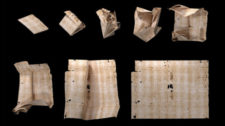
Through the ages, humans have done their best to keep their correspondence sealed and private until it was read by the intended reader: and their eyes only.
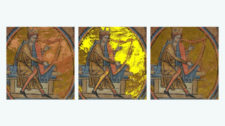
Restoration of a damaged artwork or artifact poses a delicate issue: while restoration can perhaps return an artifact to what it might have looked like when it was newly completed, the fact that the artifact is damaged in the first place is also part of its history.
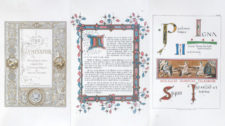
Today we share this special issue of The Illuminators' Magazine from 1862. That's a beautiful and informative edition that includes 29 amazing plates (chromolithographs) showcasing different types of illumination.
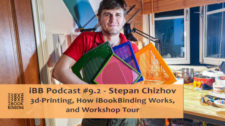
The second part of the episode with Stepan Chizhov acting as a guest is dedicated to more technical aspects of how iBookBinding works. We talk some nerdy stuff about 3d-printing in general and about making money with 3d-printing.
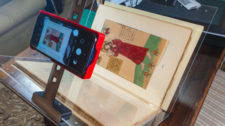
Our book scanning cradle for smartphones and DSLR cameras was just updated to the Mark V version. Besides some minor changes, the most important thing is that the whole structure is almost perfectly stable now!
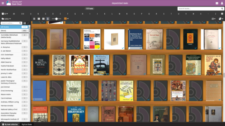
Whew! I have finally finished cataloging my collection of books, magazines, and ephemera dedicated to bookish things. If you'd like some of them to be digitized and posted here, please leave a comment below
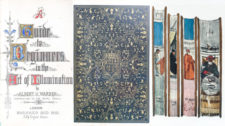
To give our community more opportunities to learn something about book arts and book history, we decided to open the part of our digitized collection that before was shared only with our patrons.
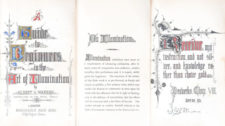
It's time to share this month's digitized books. Both of them will be dedicated to illumination and both were published in the middle of the 19th century. Today's book is A Guide to Beginners in the Art of Illumination by A. H. Warren.
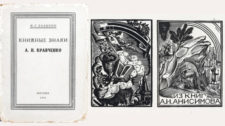
Aleksei Kravchenko was a Russian painter, illustrator, draughtsman, and printmaker. Bookplates are a lesser-known part of his legacy. Still, some of them are quite impressive.
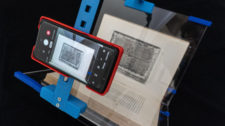
I often get asked: what is the quality of the scans made with our book scanning system? Here are some samples made with my smartphone Samsung Galaxy S9. In the samples, the right part is approximately 4x magnified.
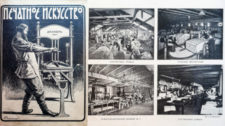
This vintage Russian magazine about printing was published for only two years, but it already gave me a lot of insights into the epoch. This time we share the second issue of the first year of publishing: December 1901.
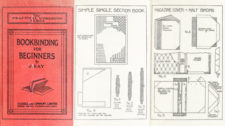
A practical guide to bookbinding that includes multiple projects aimed to help to master the basics of the craft. Softcover, 1931. Limp cloth wrappers, 8vo, 48pp.; multiple illustrations and schemes.
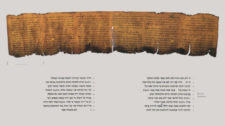
It takes an expert eye to decipher old and damaged manuscripts, but even that is not enough sometimes. Recently, multispectral technology has aided researchers of the Dead Sea Scrolls to read ink invisible to the naked eye and pinpoint previously unknown texts.
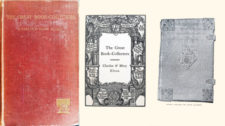
The Great Book-Collectors deals with bibliophilia and bibliomania. It describes the circumstances behind the creation of the British Library, Bodleian Library, and Ashmolean Museum. The authors were prominent book collectors as well.
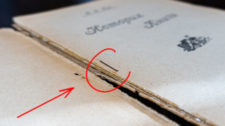
Recently we posted about a mixed three-section stab binding that was published in the early days of Soviet Russia. My question was: what would be a reasonable approach to digitization and preservation of the book?
Sorry, the free version of ShopWP is no longer supported. Please upgrade to ShopWP Pro to continue using this plugin.